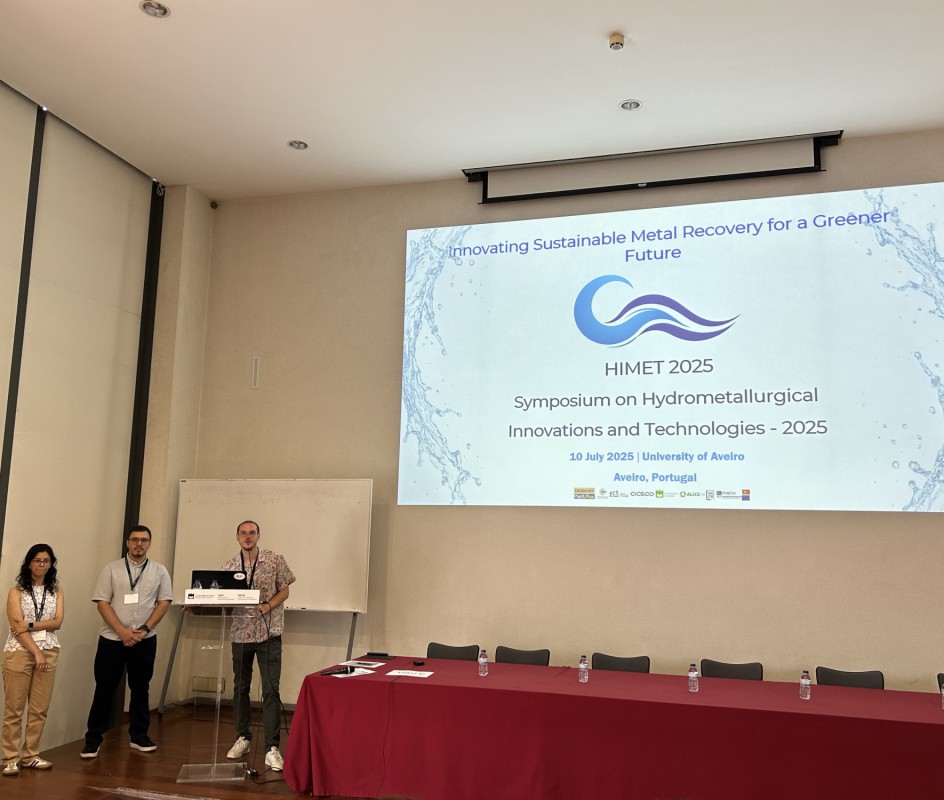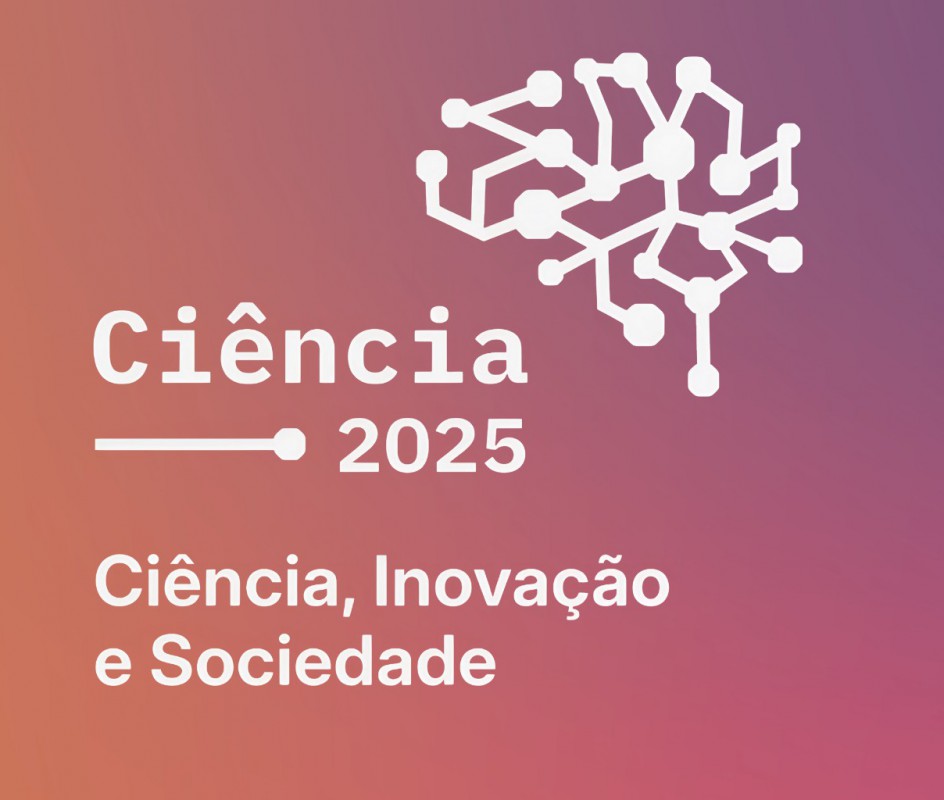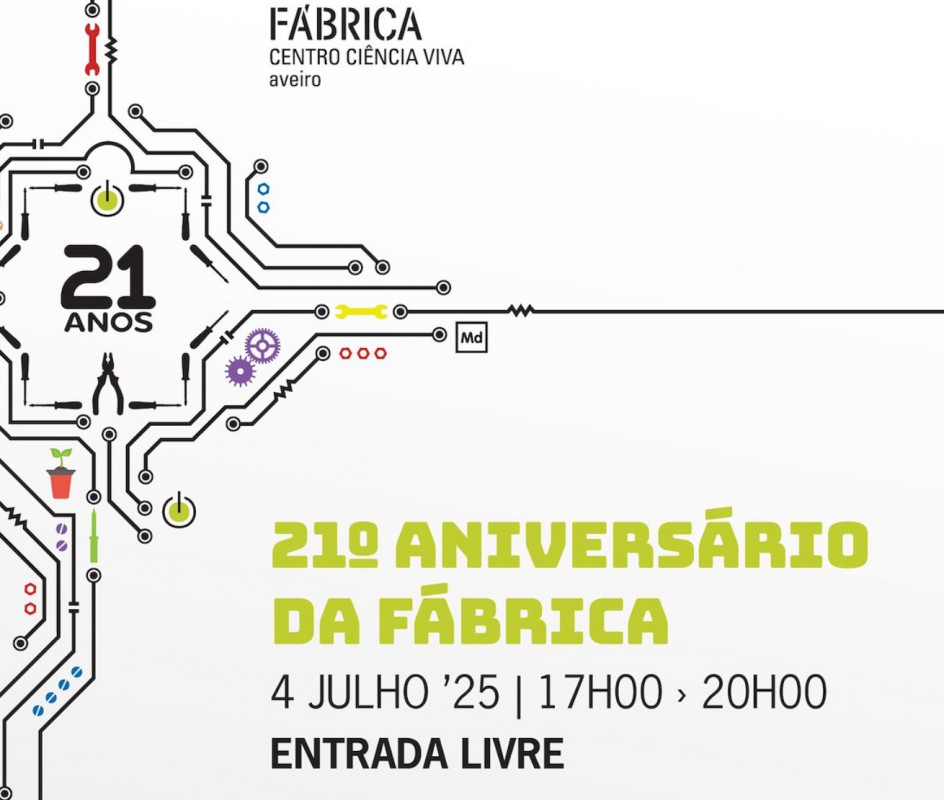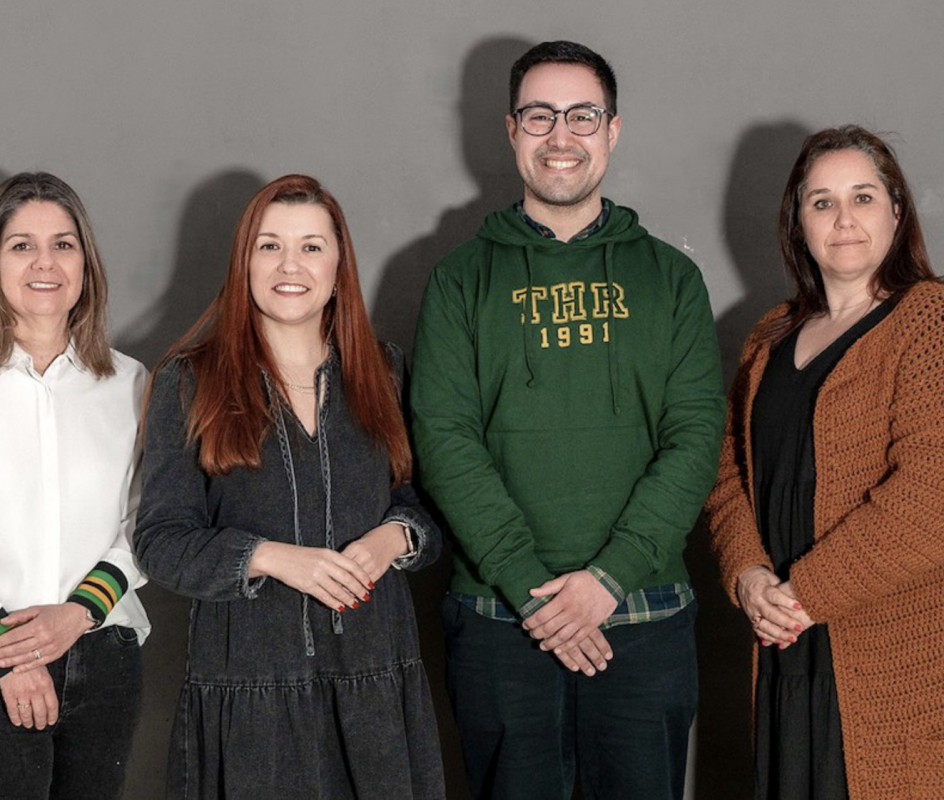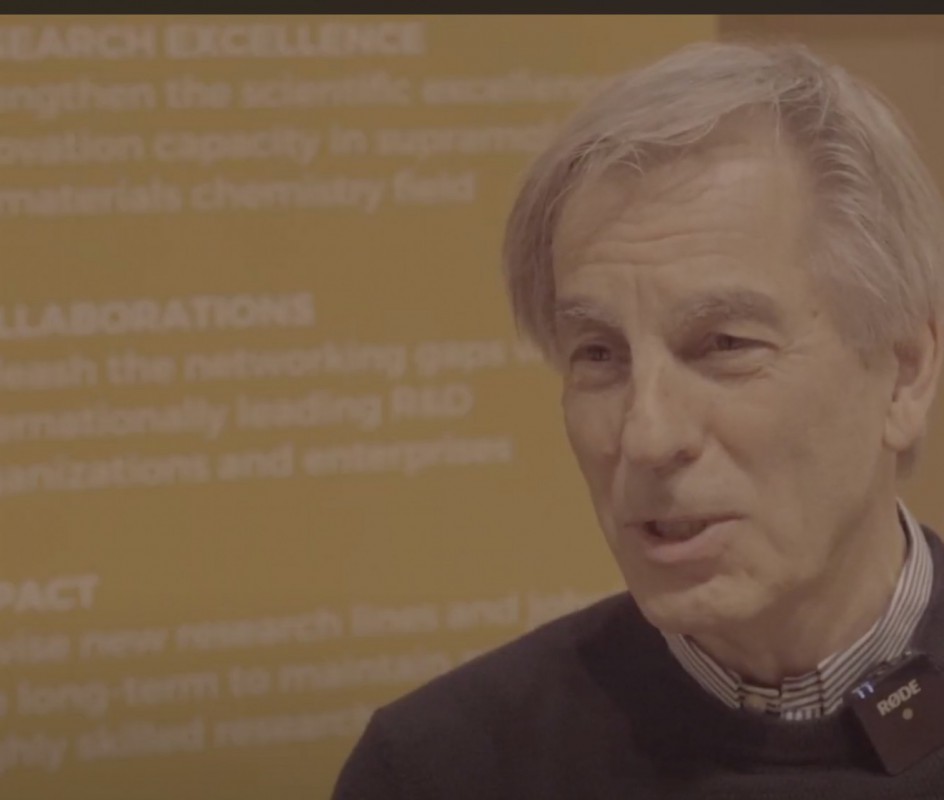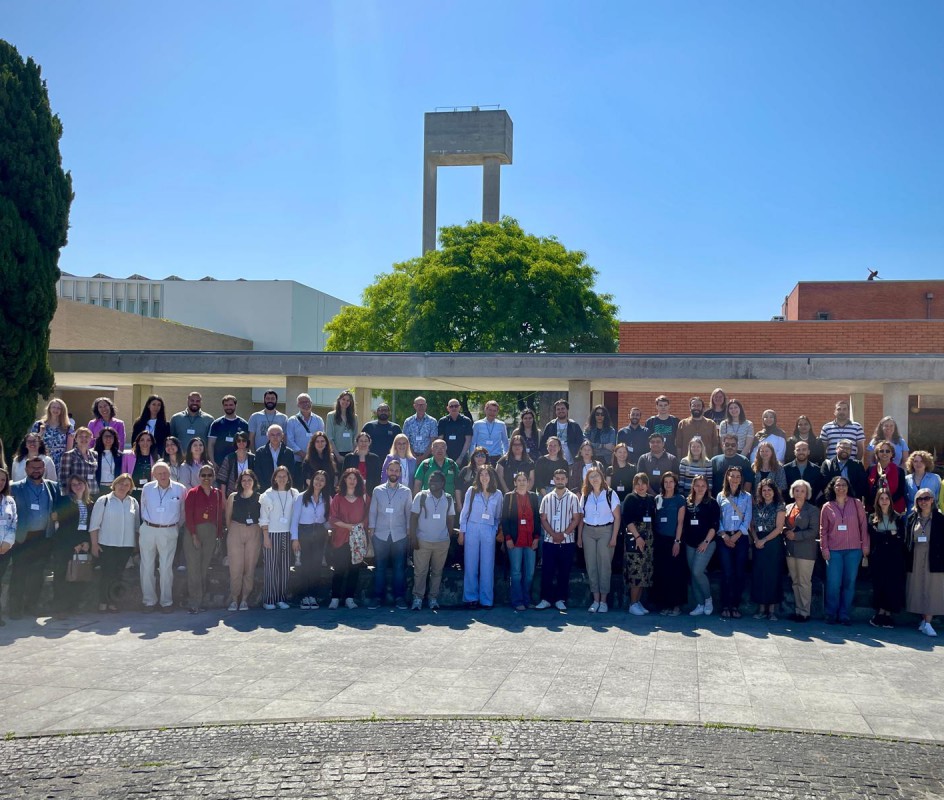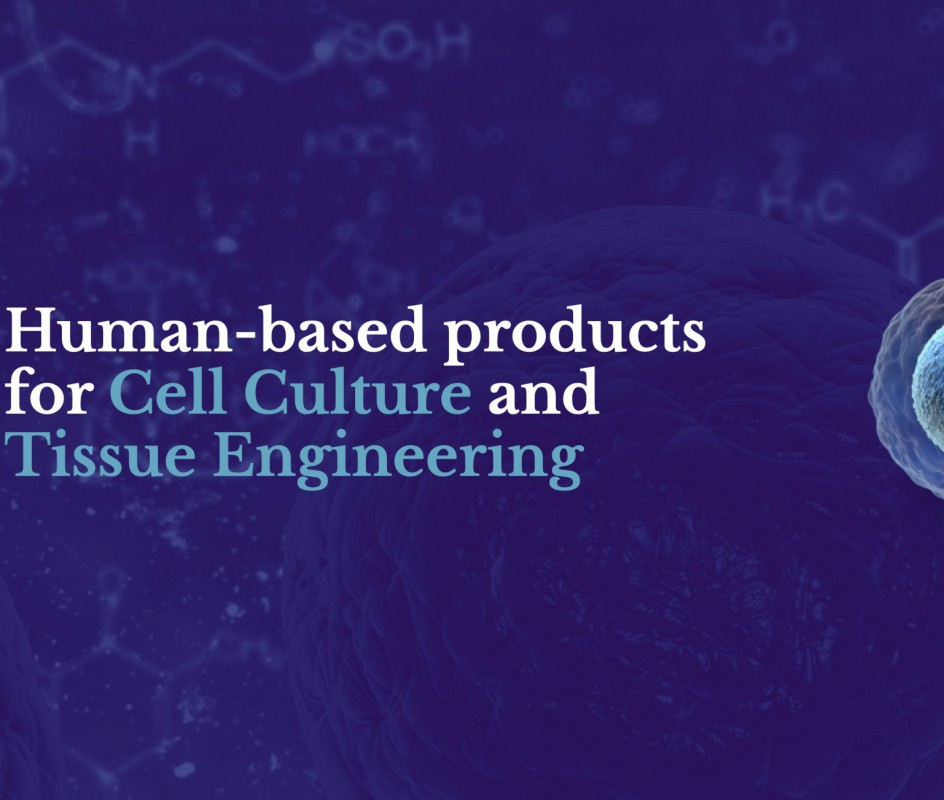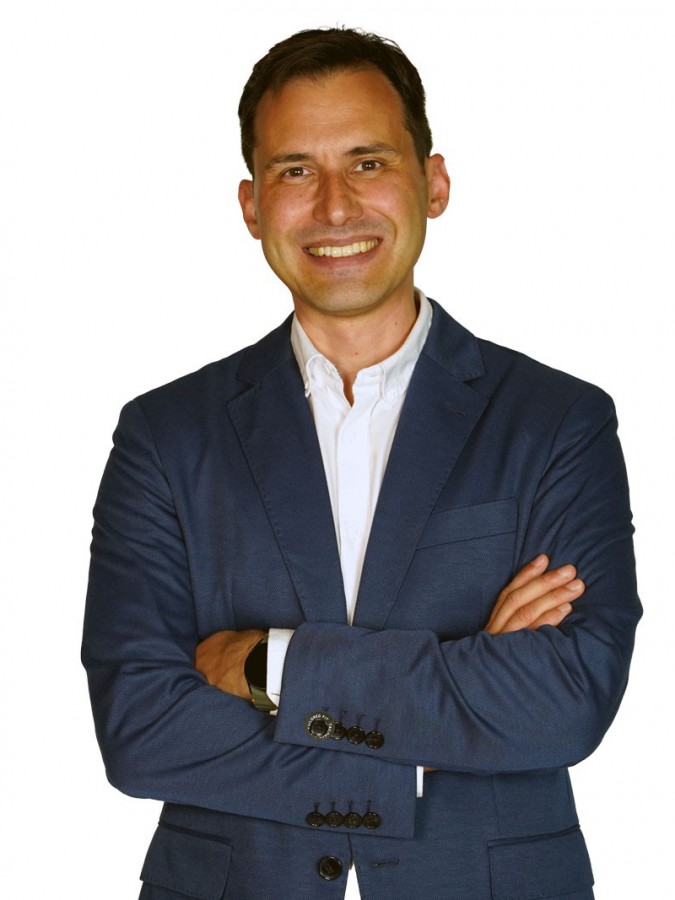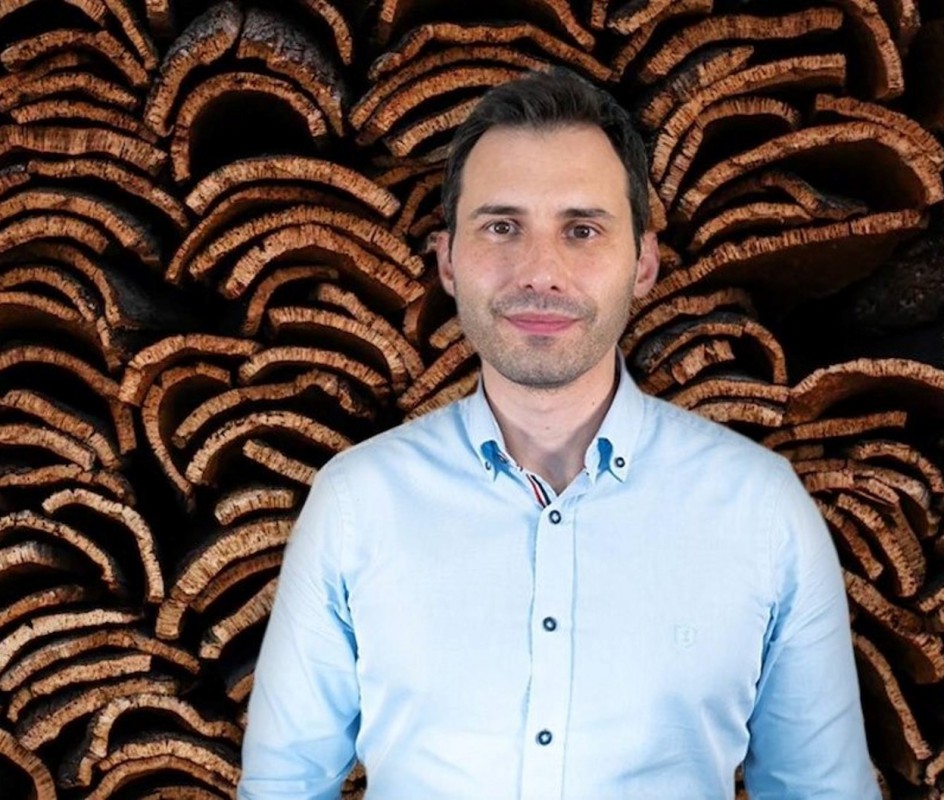
The CICECO researcher, professor of the Department of Materials Engineering and Ceramics (DEMaC), and an expert in sustainable materials, Rui Novais, was recently invited to participate in an article by the American newspaper The Washington Post on the topic of cork as a sustainable and innovative material, with new uses by the industry.
Rui Novais's collaboration came from a contact by the journalist author of the article, Marta Vidal, while working for the American newspaper, after she had read one of several articles written by the researcher at the Aveiro Institute of Materials (CICECO) on cork. For this reason, she decided to contact him and request his collaboration as an expert in this area. In the interview he gave, Rui Novais addressed "the characteristics of cork, its properties and applications (present and future), listing the advantages and limitations of this material compared to alternative materials."
"Cork is an exceptional material, it is natural, biodegradable, and its extraction (cork harvesting) not only does not damage the cork oak, which continues to sequester carbon dioxide (acting as a carbon sink) for over 200 years, but also promotes and increases the absorption of carbon dioxide by the cork oak during the cork regeneration process," he explains. The cork oak forests where cork oaks are found, from which cork is extracted, "are also extraordinarily relevant for biodiversity preservation. For these reasons, cork is an inherently sustainable material, considering the environmental pillar."
"This material has a highly porous microstructure, consisting of closed cells, which is responsible for the low density of this material, but also for its low thermal conductivity and high coefficient of sound absorption. These properties enable the use of this material in various applications, far beyond its traditional use as a sealant," emphasizes the researcher.
Thus, one of the possible uses of cork is to act as a thermal insulation material instead of or as an alternative to polymer foams derived from fossil fuels (e.g., polyurethane foams, expanded polystyrene) that have higher values of embodied primary energy and associated carbon dioxide emissions.
"At the University of Aveiro, we seek to develop multifunctional materials for the construction sector using cork as an aggregate. These lightweight cements can act as thermal and acoustic barriers, as well as regulators of building moisture levels," clarifies Rui Novais.
The major drawback to the widespread use of this product is the limited amount of cork that can be extracted and the production costs of this raw material compared to fossil fuel derivatives. Nonetheless, "the growing awareness of the unsustainability of certain materials and their incipient recyclability are key factors that can enhance the use of cork products in high-value-added applications," he adds.
Rui Novais is an Assistant Professor in the Department of Materials Engineering and Ceramics and a researcher at CICECO - Aveiro Institute of Materials at the University of Aveiro since April 2022. He obtained his Ph.D. in Polymer Science and Engineering in 2012 from the University of Minho with the title: "Functionalized carbon nanotubes for polymer-based nanocomposites."
In 2012, he joined UA as a postdoctoral researcher in the development of conventional and technical ceramics. He was an FCT researcher from 2019 until 2022, with the aim of developing alkali-activated materials for environmental remediation applications. His research focuses on sustainability, circular economy, and waste valorization.
He is currently participating in a project aimed at developing lightweight structures for sound attenuation.
The full article from The Washington Post can be read here.
Article from Jornal de Notícias: here
Related Articles
We use cookies for marketing activities and to offer you a better experience. By clicking “Accept Cookies” you agree with our cookie policy. Read about how we use cookies by clicking "Privacy and Cookie Policy".


